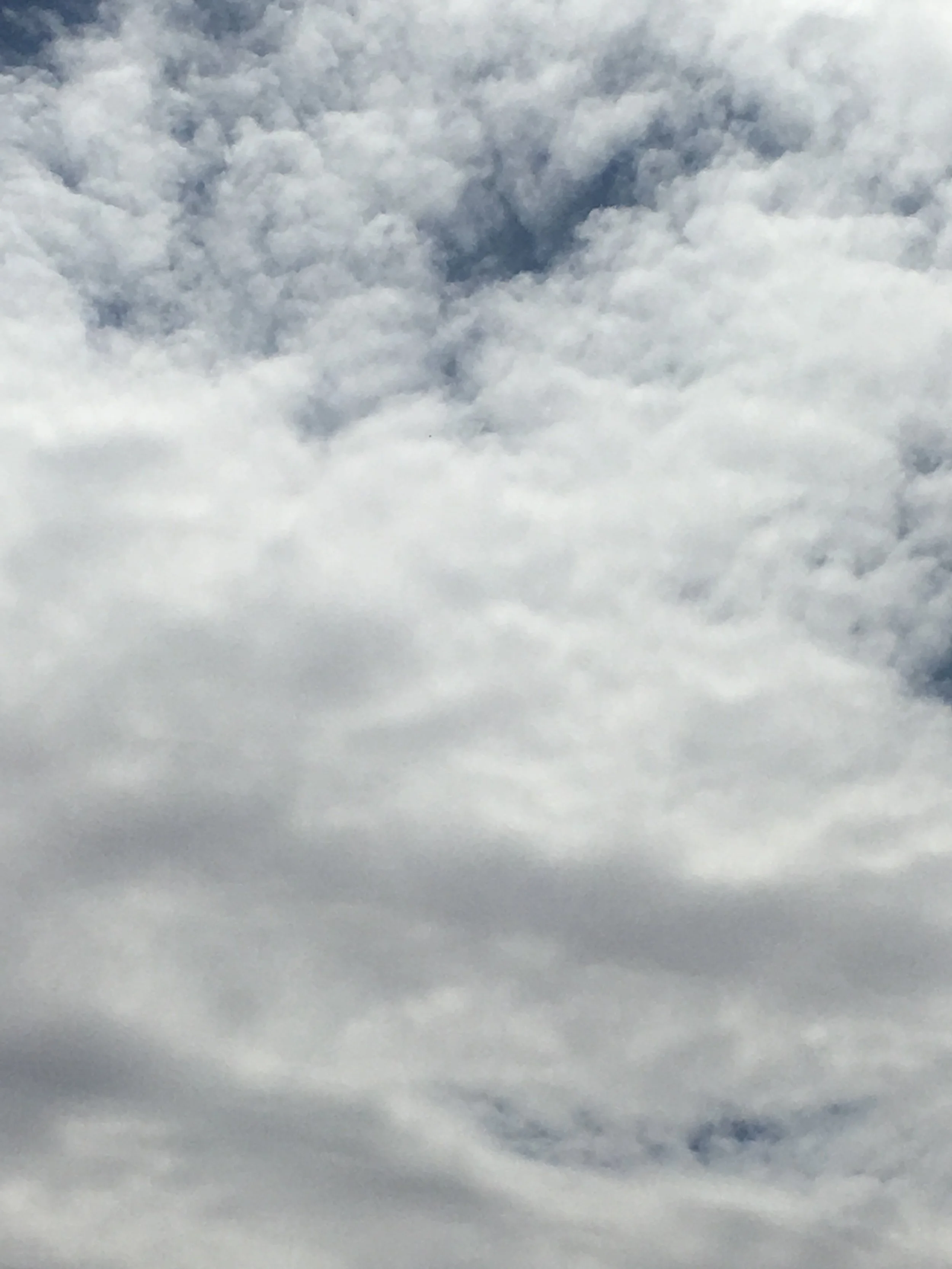Exhibiting work - students’ work. Stuff or stories?
This is a debate I often have with my graduate students at Columbia University's Teachers College, when we talk about the art show I curate each year with works by infant, toddler, and preschool artists.
The show is an exhibition of the children’s artworks, their objects, the physical product of what we do together in the studio. I put much work into exhibiting them as things, part of a curated presentation with a coherence of its own. I hope to incorporate them within an exhibition that is of interest to other artists and art lovers, regardless of their interest for young children.
But I put even more care into doing that in a way that foregrounds the children's explorations, voices, and thoughts.
#storynotgadget is becoming one of my mottos. I argue that as fancy as our media, settings, or circumstances are, they are important not in themselves but to the extent that they help us give people (in this case 0-5 year old artists) more opportunities to make their voices heard and to share their ideas.
I talk about this over and over. The current exhibition is just the latest example. One of the tools I use here is Augmented Reality (AR). This is a way of connecting still images or objects that are in the gallery to other images (photos, videos, or text) that appear on a device such as a smartphone or an iPad when the original images or objects are scanned.
In The Very, Very Magic Suitcase and Other Art I used AR to link children’s photos to videos of them performing their artist statements (for older, more verbally articulate preschool children) and to candid videos of them at work (for younger children like infants and toddlers). I also linked each individual artwork to a photo, video, or statement of the artist at work, and this image shows up on the viewer’s device when the artwork is scanned.
AR is but a means to give each child the space to express and explain themselves, in words or otherwise; curating this exhibition leads me to do this in a way that reveals products as part of processes. We share our explorations by displaying objects in a "particular constellation of meanings" (Smith, 2012, p.30) that invite visitors and artists to make connections between artworks and experiences.
"The whole curatorial thing has to do not only with exhibitions, it has a lot to do with bringing people together. That is a large part of my work," says Hans-Ulrich Obrist (2011, p.34). I agree, and I feel like that's my work as well.
I curate experiences for my graduate students as much as I do for my young students in the studio. I choose readings and assignments carefully to invite connections, showcase the thinking of others, and provide students with opportunities to figure out things for themselves.
I recently started another curatorial exploration of my own using Twine to promote student stories, a sister to our Augmented Reality experiments. Twine is an online platform where anyone can easily create a “choose-your-own-adventure” with hardly any programming at all. It’s straightforward, easy, and free. Instead of asking my graduate students to write annotated bibliographies of their course readings on the artistic development of children, I asked them to each write a “chapter” in a choose-your-own-adventure game which began from a scenario that I provided, featuring a child in a museum. Following their own ideas of "what could happen next," each student wrote a step of this adventure that was also grounded in their course readings.
I learned about Twine via an innovative online book review which was itself a digital game. It seemed like a perfect way to make standard course readings part of a living scenario, to turn exploration into an ongoing digital narrative and let students' ideas have real impact on where the story was going.
By the end of the semester, we had a product to show: an online game that we can play and share. We also had a process, and a serious list of classics in art education to chew on.
References:
Obrist, H.-U., & Lamm, A. E. (2011). Everything you always wanted to know about curating but were afraid to ask. Berlin: Sternberg Press.
Smith, T. (2012). Thinking contemporary curating. New York, NY: Independent Curators International.


